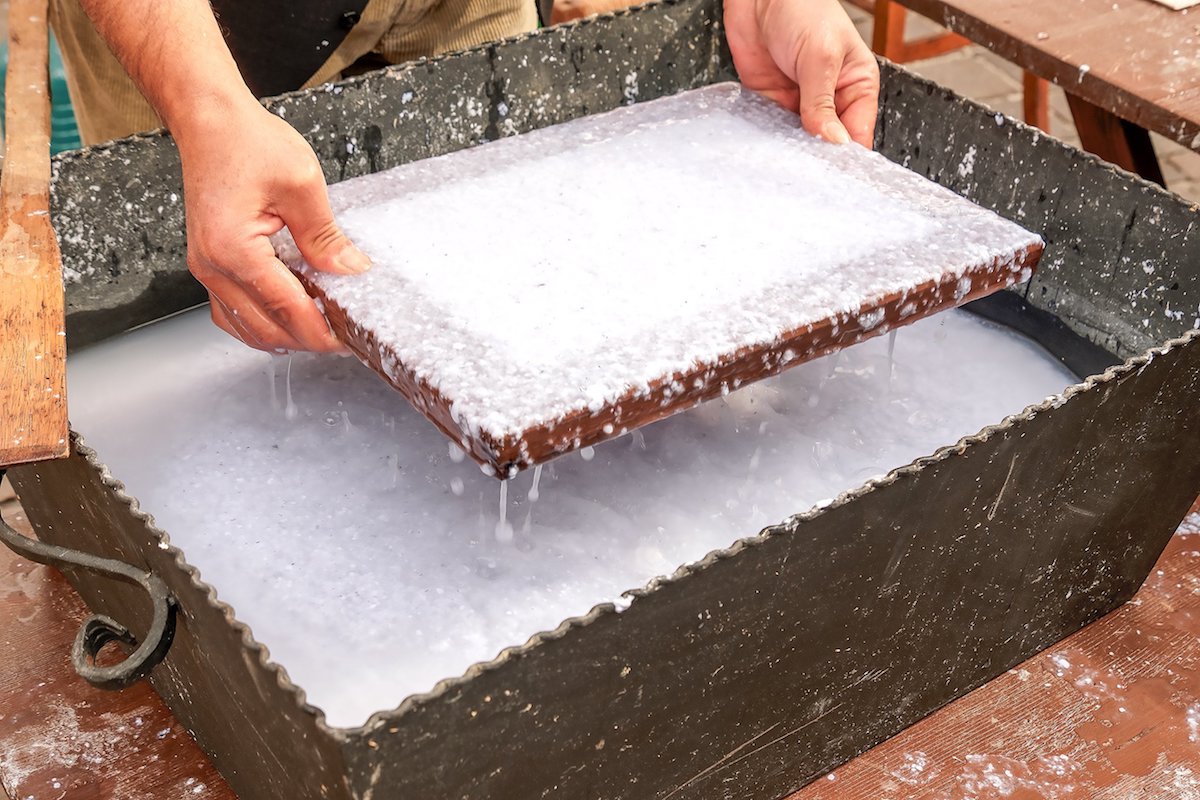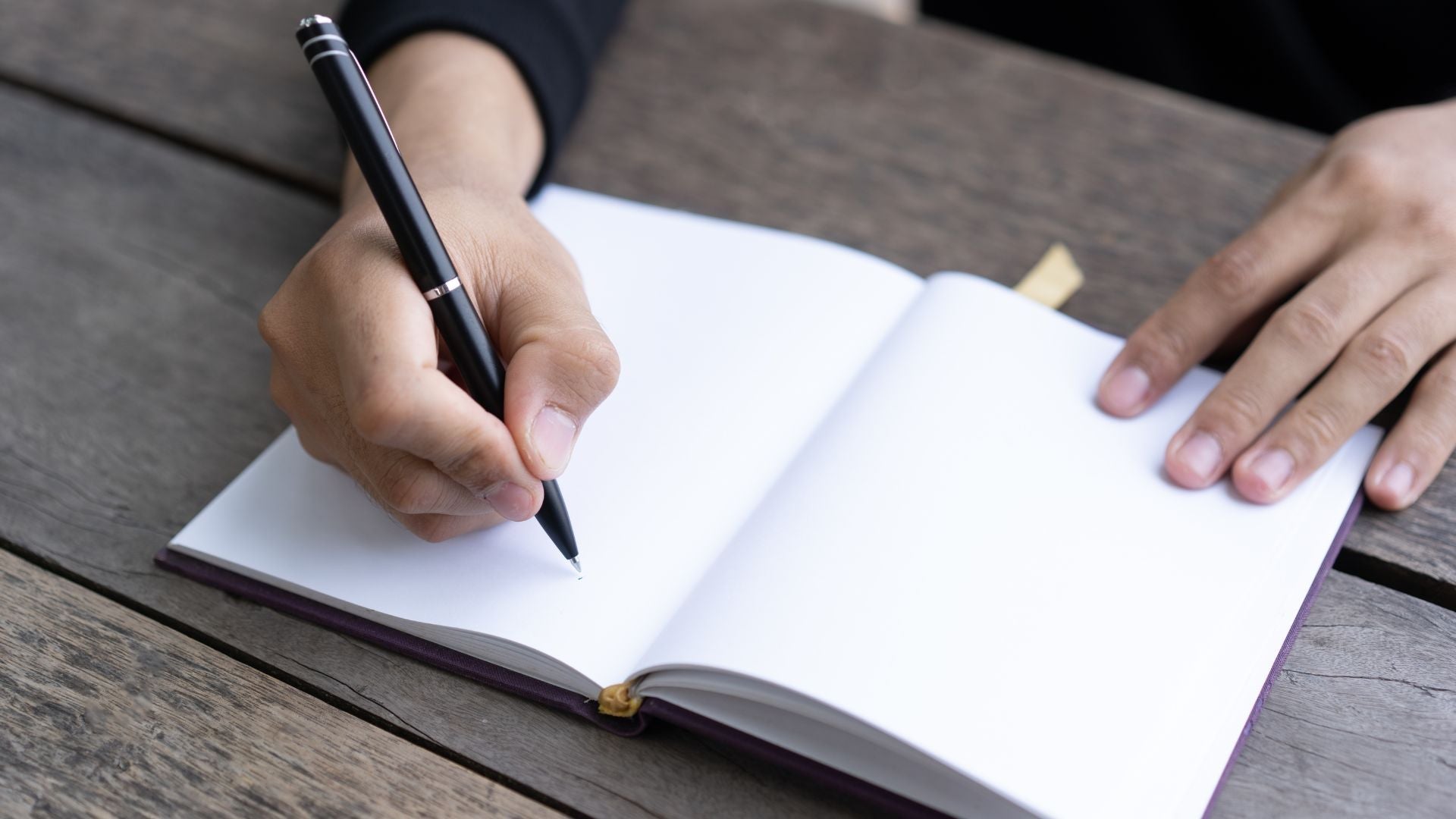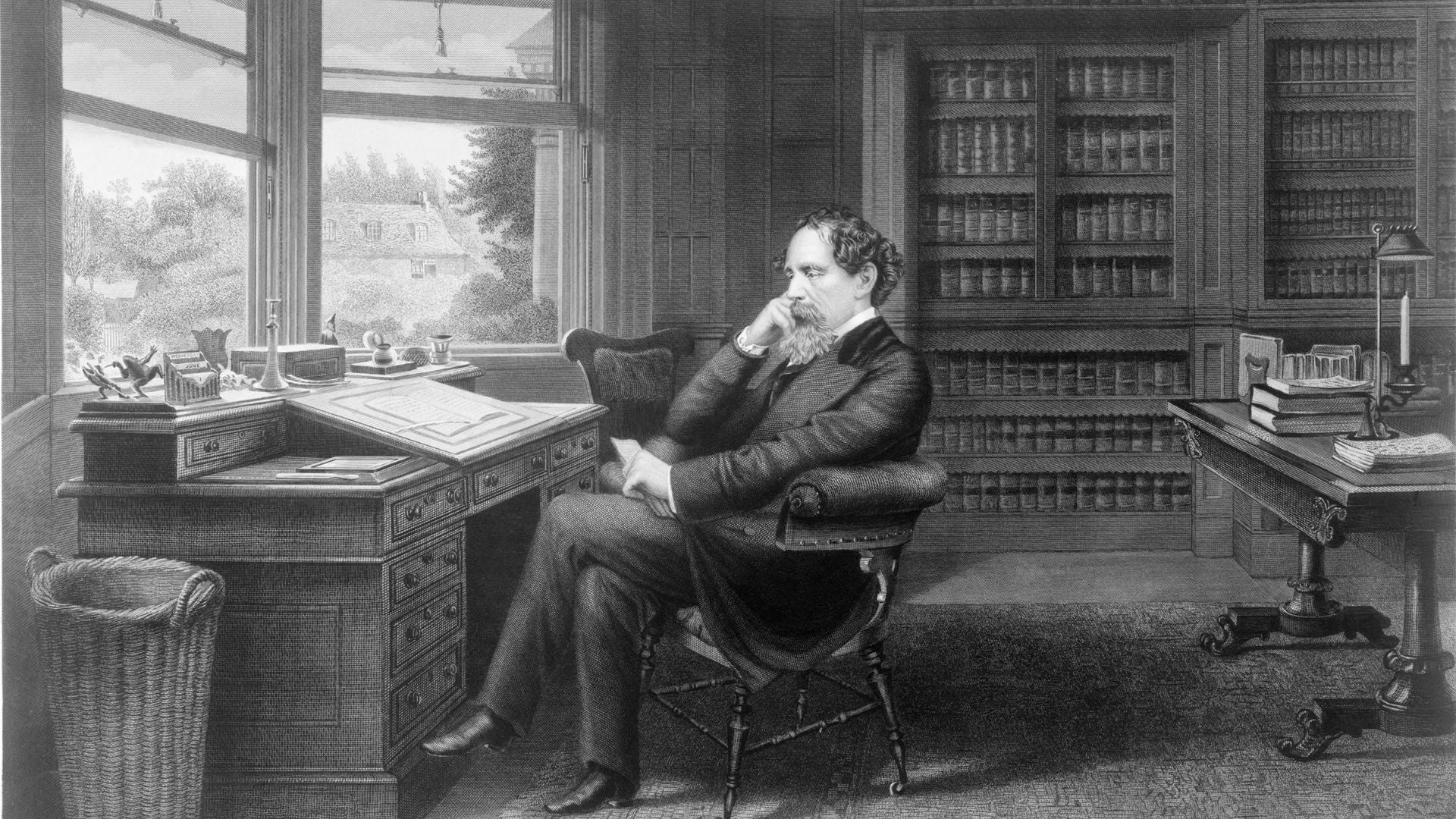“We write to taste life twice, in the moment and in retrospect.” ― Anaïs Nin
Deep inside everyone who keeps a journal are words waiting to become a story. When you finally find the exact ones that perfectly describe the way you feel in the moment, your words, combined with perfect writing paper will bring back to life the colors that you see and the textures that you feel. The inspiration that comes from beautiful things can be life-changing. Your life experiences tell a personal story. Tell yours out loud, in technicolor, with a little help from Italy’s Amalfi coast. You will add more sophistication and flair than you can imagine.
The coastal town of Amalfi, Italy has been associated with skilled paper artisans and the perfect writing paper since the 12th century. They were blessed with a perfect environment for artistic creativity, but what allowed their incredible process to exist at all began with the Canneto River cascading down the mountain valley. That rush of water-powered mills and, along with their heavy wooden mallets, cotton, linen, and hemp fibers, helped the local craftsmen create a paper product that has been revered since the Middle Ages.
Those who are familiar with the Amalfi coast have most likely hiked up one of the Lattari Mountain peaks that tower over the city. From there you can view the ruins of the many mills that were once a vital part of the area’s economy. If you are fortunate enough to visit the area, be sure to check out the Amatruda paper mill - still in operation today. Steeped in history, Italy’s southern coastline is spectacularly beautiful. Imagine sea breezes and quaint winding streets dotted with craftsmen and artisans. This town deserves a place on your bucket list.
The impeccable greatness of Amalfi papermaking

The charm and dedication to craftsmanship set Amalfi paper apart, which is why Epica artisans in Florence continue to fill our handmade journals with the gold standard of the paper. Does the quality of the paper in your journal impact the creative process? Absolutely. High-end, hand-crafted perfect writing paper is both luxurious and sensory. There is a distinct tactile difference that will inspire creativity. When you put pen to paper, you are preserving and recording your personal history. Why would you entrust your words to anything less than the best?
Each handmade journal is a fresh start—the pages are blank, a clean slate just waiting for you to write with passion and leave your indelible mark for posterity. Create a legacy. A friend of mine began a journal when each of her grandchildren was born. She wanted to archive a “forever present” for each of them that she plans to give each one when they graduate from high school. Over the years she has detailed the moments in each of their lives that gave her joy and intertwined their stories with highlights of her own childhood. What a beautiful idea, and what a meaningful gift they will make.
What makes Amalfi paper so special?
The Amalfi paper itself is complex. Varied in texture, weight, and feel, the best quality paper evokes an emotional response in both readers and writers. If you ever held an antique, leather-bound book, you understand. Without reading a word, you instinctively know that you are holding something of great value. The paper looks different; it even smells different. Our senses influence perception and perception becomes our reality. When we document our thoughts and feelings in a journal, we are archiving a small piece of ourselves for posterity. We are, in fact, creating a legacy. The look and feel of quality paper give substance and credibility to simple words and ideas. This is the perfect writing paper and feels more than impressive. Quality always makes a difference.
Amalfi has made its mark in paper history. Even in today’s digital world, the Amalfi paper will continue to be a global necessity. Bitcoin notwithstanding, currency is a prime example of the importance of paper. Papermaking is an industry that was born in Egypt in 3000 BC. Papyrus was the writing medium of choice for Egyptians, Greeks, and Romans. The paper that we use today has its roots in China. Often called the “patron saint of papermaking,” T'sai Lun separated the fibers of plants and dried them on a screen, to produce a flexible product with a smooth surface called T'sai Ko-Shi (aka, Distinguished T'sai's paper).
Good things will endure. By the 3rd century, paper had migrated to Vietnam and Tibet, became prevalent in Korea in the 4th century and Japan in the 6th century. The saga continued westward through Baghdad and Cairo. When the Moors invaded Spain and Portugal in the 12th century, paper went with them. And the rest is history.
Myth is still alive after centuries

The printing technology developed and advanced. The demand for the perfect writing paper increased. Though there were times when its reputation interrupted. During the height of the Black Plague, some people believed that the cotton and linen rags used to make paper were a source of contamination. The result was a series of experimentations using a straw, cabbage and even wasp nests as a replacement—the only material to come close to success was wood, which still had its own host of issues. As the Plague dissipated along with the invention of better papermaking machines, the end of the 18th century saw the resurrection of wood pulp paper.
With the advent of papermaking machines, and as industrial production blossomed, the art of single-sheet handmade papers began to fade into extinction. Today, the tradition lives on through a few skilled artisans, and handmade paper is a luxury item still sought after by discerning consumers. For us, there has never been any question—handmade paper and its legacy is a hallmark of our Epica products.
The Amalfi Collection of Epica journals
Always acid-free and of archival quality, Epica’s beautiful and unique handmade journals use varied grades of paper. Based on your individual style and preference, each choice is available in several sizes. If pure luxury is at the top of your list, our premium handmade Ivory color selection is the way to go. Individually made sheets, with some bearing a distinctive watermark, have the look and feel of the fabric. But the options (and the history lesson) don’t end there: prior to the 19th century, the paper manufacturing process resulted in each sheet having a slightly ragged, or feathered edge. Referred to as a “deckled edge,” this is a feature of our more affordable, journal with hand-cut paper. The texture is soft and is available in five sizes. Whether your preference is lined, or unlined, heavyweight, delicate, or handmade, quality shows. Try to visualize the difference in quality between a paperback novel and a leather-bound classic. It is easy for everyone to differentiate between high-end papers and copy machine stock.
There is no better example that the difference is in the details than when it comes to high-quality paper. It has a beauty and elegance that is easy to identify, and unparalleled to write on—all you have to do is start. As Maya Angelou said, “There is no greater agony than bearing an untold story inside you.
”Lynne Swanger recently retired after 30+ years as a medical practice administrator. She also worked as a motivational speaker, and now indulges in her passion for writing. If you have your own passion for putting pen to paper, why not send us an article at info@epica.com? (this article originally appeared in July, 2018. It has been updated and republished for your enjoyment)








